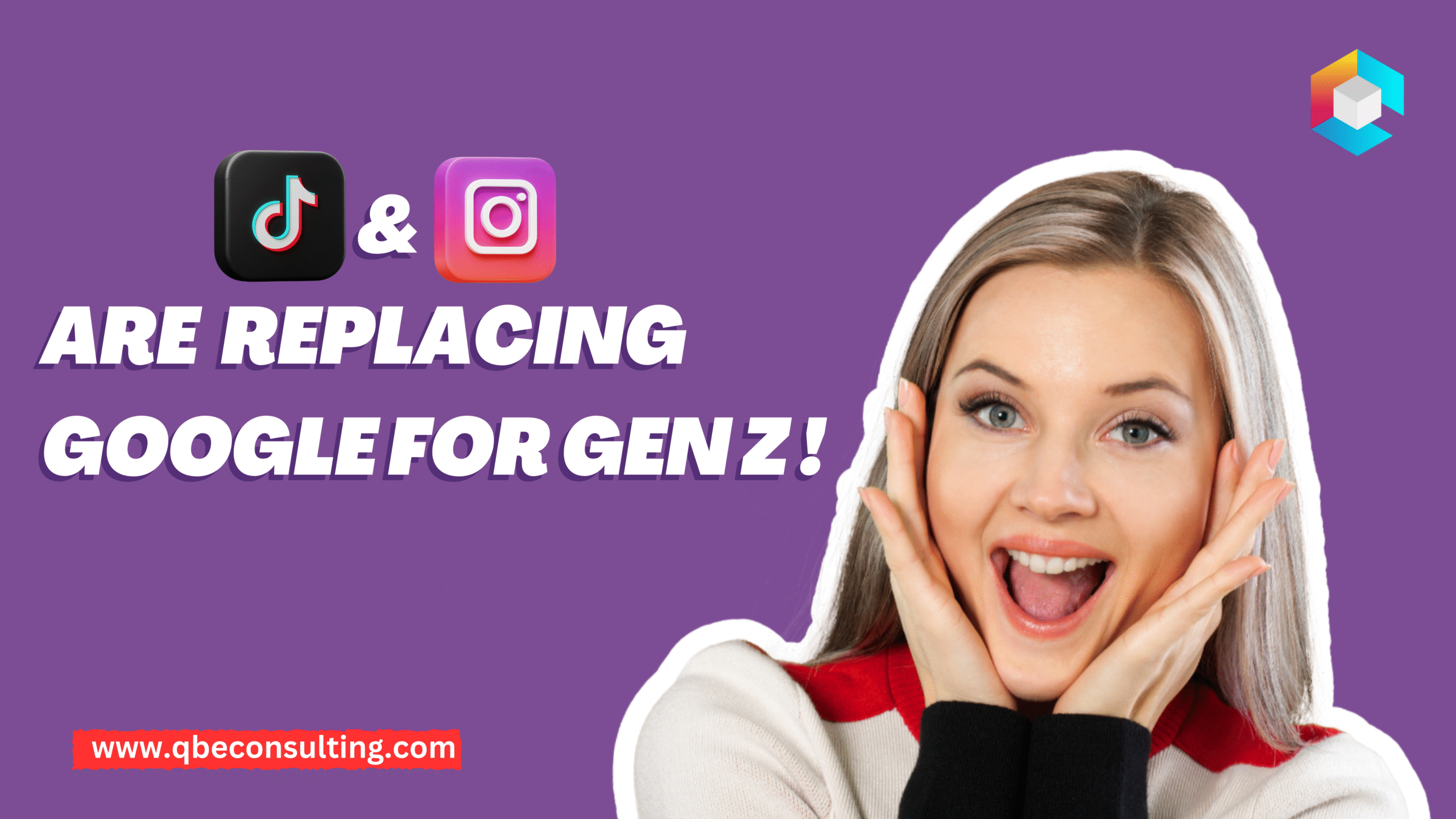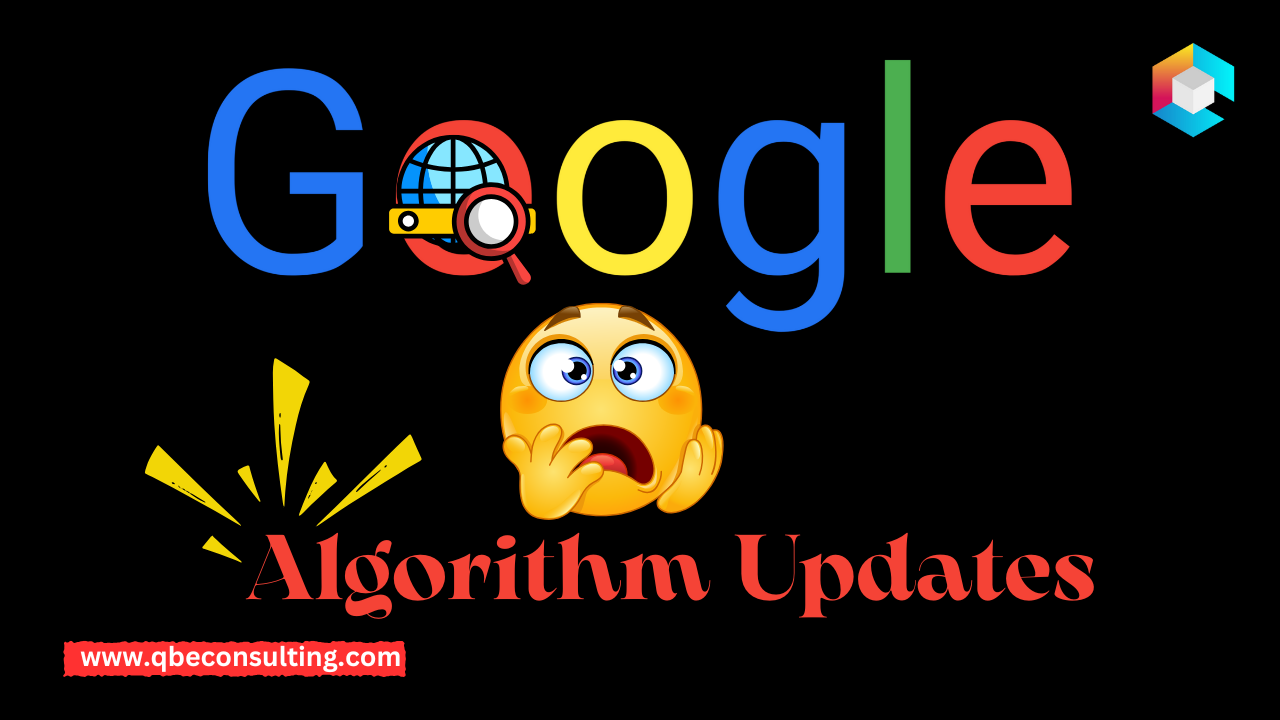Introduction
Google has been the best search engine on the internet for more than 20 years. People always went to Google for information, whether they needed directions, reviews, or answers to everyday questions. But things are changing. A new wave of digital behavior is starting, especially among younger people, who are moving their searches from traditional engines to social media sites. Gen Z, in particular, uses TikTok and Instagram as their first places to find new things. They no longer type questions into Google. Instead, they like the visually interesting and community-driven results that social media sites offer. This change isn’t just a fad; it’s changing how businesses and brands need to think about how to be seen online.
The Transition from Conventional Search to Social Search
Conventional search engines such as Google rely on keywords, backlinks, and extensive content. This model is effective for conveying detailed information; however, it may seem less applicable to users accustomed to an age of immediate content consumption. Generation Z and younger millennials seek prompt, relatable responses that convey authenticity. Individuals prefer not to navigate through numerous blog posts or browse various websites; they seek prompt, visual, and trustworthy answers. Recent research underscores this trend, indicating that nearly 40% of Gen Z favors TikTok or Instagram over Google for product searches, restaurant recommendations, or lifestyle advice. This change indicates that while Google remains significant, it highlights the growing importance of social search in the discovery process.
The Emergence of TikTok and Instagram as Search Engines
The great way that TikTok recommends videos to users is what made it so popular so quickly. The platform doesn’t just show content; it makes people feel like they are having a personal experience. When people search on TikTok, they don’t just see links or sites that don’t move. They watch videos made by real people talking about their real-life experiences. When you type in “best skincare for oily skin” or “restaurants near me,” you often find interesting videos where people show off things or places near you. This makes search results look more real and trustworthy than regular ads or sponsored listings.
When Instagram first came out, it was just a way to share photos. Now, its Explore page and Reels feature work like search engines, helping people find new businesses, places, and trends. Not only does a quick search on Instagram show accounts, but it also shows posts, hashtags, and even information that is relevant to the searcher’s location. Both platforms make users feel connected and provide them context, which a static search result can’t always do. TikTok and Instagram are changing the way people look for things by making it more visual, real-time, and culturally relevant.
The Good Things About Social Search for Users
The best thing about social search is that it gives you results that are more interesting and relevant. Users may see someone attempt a meal at a new restaurant, test a beauty program, or show how to do a workout instead of reading long evaluations. Because it is based on real-life examples, this kind of visual discovery seems speedier and more dependable. Another benefit is that trust comes from the community, since suggestions come from real individuals and content providers instead of big companies. Social search also helps people stay up to date on what’s popular in culture. TikTok and Instagram show what’s popular right now, unlike regular search results that may take a while to refresh. This is important for Gen Z since discovery isn’t just about finding an answer; it’s also about staying culturally relevant.

How to make your brand better for social search
The rise of social search is both a problem and an opportunity for businesses. Brands need to think beyond standard SEO and work on what could be called “social SEO” if they want to stay visible. This involves making material that is easy to find in the search engines like TikTok and Instagram. Brands should use descriptions that are full of keywords and sound like how customers organically search on these sites. Hashtags are also very important since they help organize content and make it easier to find. TikTok’s algorithm can find and sort videos with text and spoken phrases on the screen more easily, which is why they often do better.
User-generated content is increasingly playing a significant role in search engine optimization. Individuals in younger demographics tend to place greater trust in reviews, testimonials, and everyday creators compared to polished corporate advertisements. Encouraging customers to share authentic experiences or collaborating with influencers can significantly enhance the credibility and visibility of your business. Local businesses, such as salons and restaurants, ought to focus on geo-tagging and location-dependent keywords. This increases the likelihood that individuals will discover their business when searching for terms such as “cafes near me” or “best gym in [city].”
Staying informed about trends is an essential aspect of optimization. Cultural events, trending hashtags, and viral challenges are essential components that drive the effectiveness of social search. Brands that can quickly adapt their content to align with current trends are more likely to gain visibility. Thus, strategy holds equal importance to flexibility and creativity.
Examples from real life of social search success
There are many real-life examples of how social search has grown. A single TikTok video with the title “best food near me” has made secret local restaurants popular practically overnight. Skincare firms have gone viral on Instagram by using Reels to illustrate quick, easy routines that traditional marketing would never have reached. Influencers in the fitness sector are making short, searchable films like “10-minute workout” or “no equipment exercises.” These videos are not only getting a lot of views, but they are also making a lot of money. These stories show that social search isn’t simply a fad; it’s a new reality that changes how people find and trust brands.
What Will Social Search Look Like in the Future
TikTok and Instagram are becoming formidable search engines on their own, but that doesn’t mean Google is going away. Instead, more and more individuals are looking for things in different ways. A lot of people already utilize Google for research-heavy activities and social media for rapid replies, product recommendations, and ideas. Search and e-commerce will probably become much more intertwined in the near future. TikTok Shop and Instagram Shopping already make it easy for people to go from finding a product to buying it right away.
YouTube Shorts, Pinterest, and Snapchat are some of the other platforms that are adding more search-friendly features to remain ahead of the competition. This means that brands can’t just use standard SEO anymore. For visibility, social SEO is now a must. To get people to find your business, you need to be where they are looking. These days, that’s just as likely on TikTok or Instagram as it is on Google.
Conclusion
One of the biggest shifts in the digital world in the last ten years is social search. TikTok and Instagram are no longer just places to have fun; they are now powerful search engines that affect how young people explore for information, goods, and experiences. This is an issue for brands, but it’s also an exciting potential for them. Businesses may stay visible in places where people are actively looking by using social SEO strategies including keyword-rich captions, real user-generated content, location-based optimization, and participating in trends. As Gen Z shapes the future of online activity, firms who change quickly will do well, while those that stick to old ways of doing things may fall behind. In the current era of search, being visible means being where people are already searching, which is usually TikTok and Instagram.




